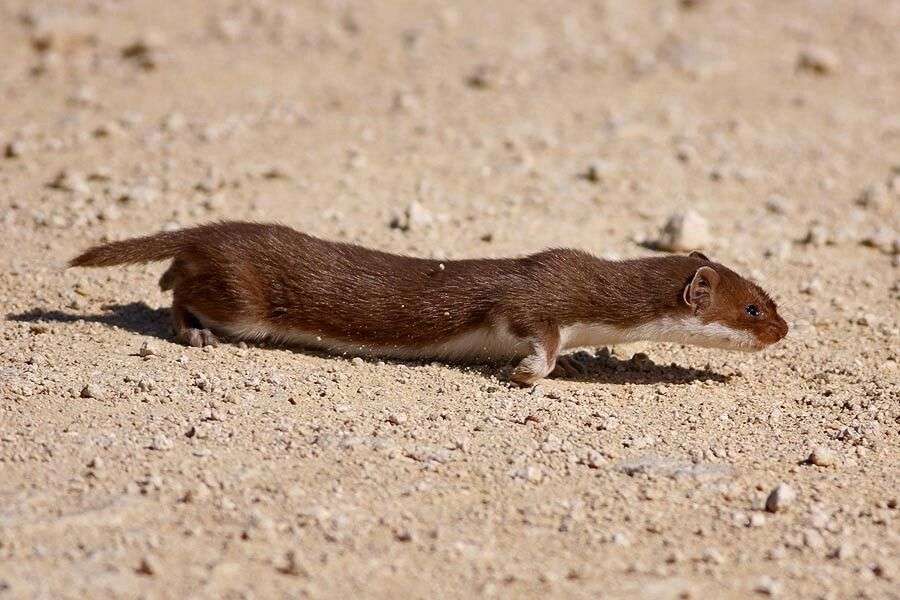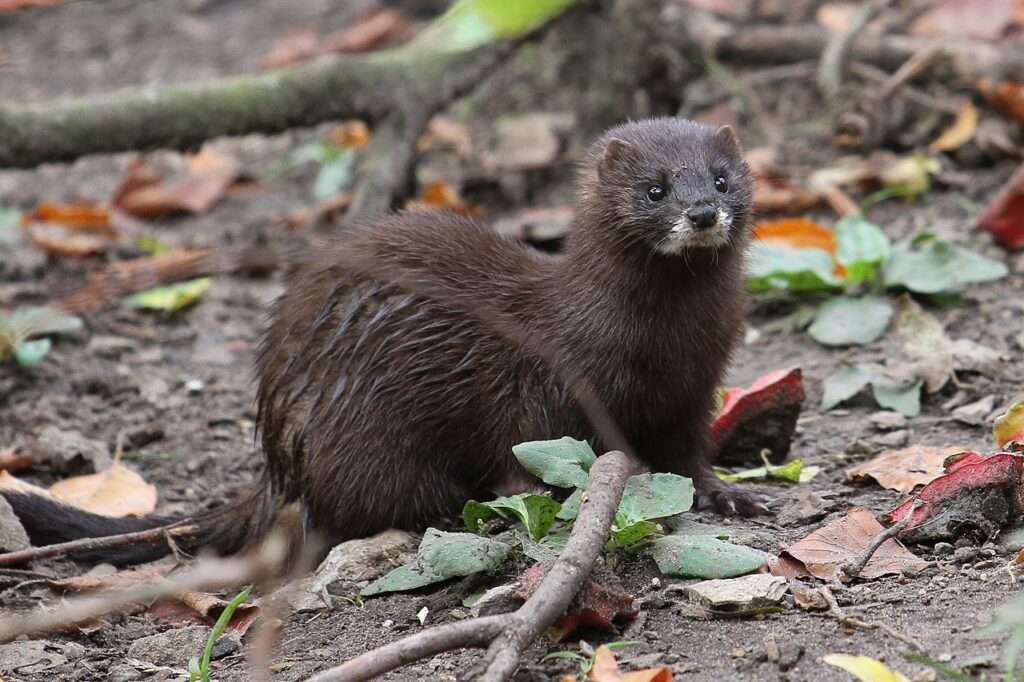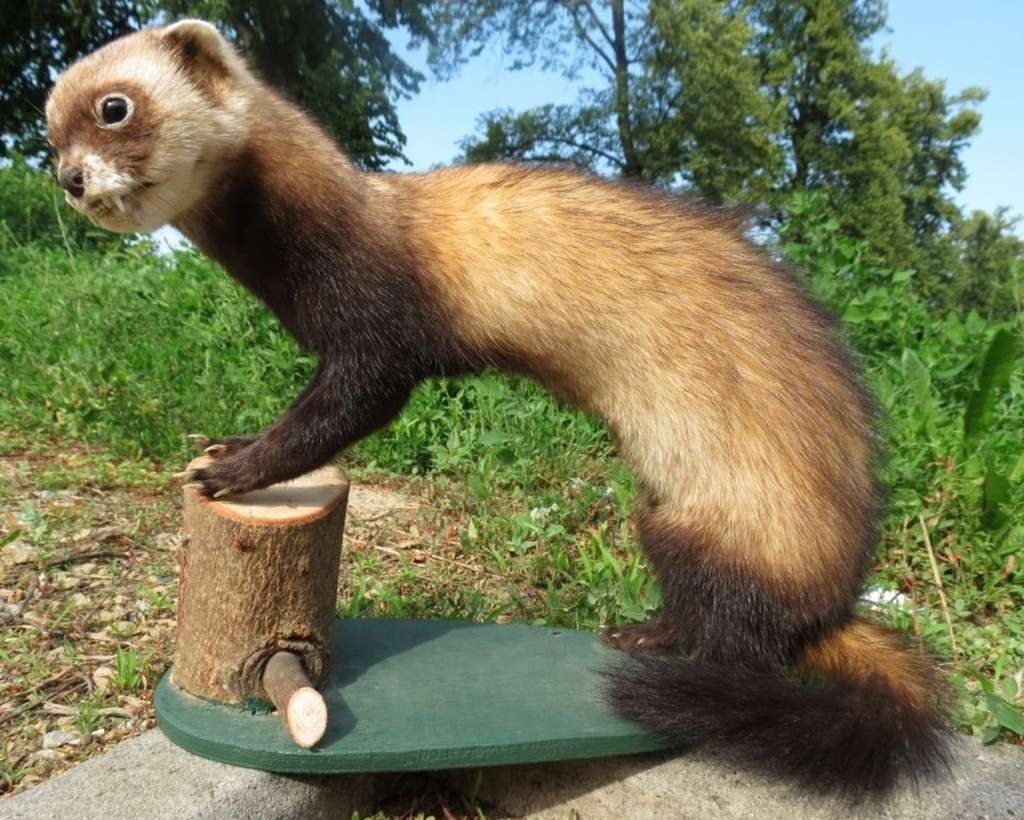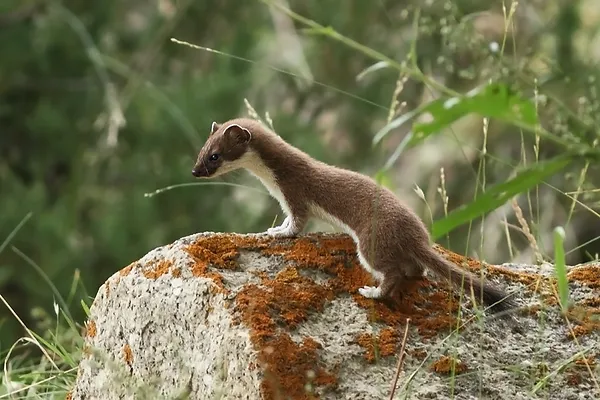
Description
Scientific Name: Mustela subpalmata
A distinct population of the least weasel that is native to northern Egypt is known as the Egyptian weasel. The Egyptian weasel has small ears, a head that is small, and short legs. It has a long, slender tail. The snout of the weasel is wide. The body’s lower portion is cream in colour, while the upper portion is brown.
M. subpalmata has a brown dorsal look and a white to creamy yellowish ventral side with an uneven boundary between the two sides. Comparatively speaking to the body and tail, the tail is unicolor with a somewhat darker tip. The fact that weasels molt twice a year—in the spring and the fall—is a common feature.
Habitat
From Alexandria eastward to Port Said and southward across the delta, the Egyptian weasel can be found in northern Egypt as far south as Beni Suef, which is situated 115 km (71 miles) south of Cairo. It has been referred to as an obligatory synanthrope and lives where people do, including in towns and villages.

Behavior
Egyptian weasels are commensal with humans. They are solitary and highly territorial. There may be overlap between multiple female areas and the larger male territory. Smell from feces, urine, and a scent-producing gland delineate territorial borders. Subordinate men and females generally avoid interactions with larger, dominant males; this is a mustelid trait. The sole exception is when males are looking for partners during the breeding season. Despite mostly being nocturnal, they can be sighted during the day. Running across the street at night and hiding behind neighboring parked automobiles is a typical encounter with people.
Diet
Mustela subpalmata is an opportunistic feeder; in large cities, for instance, they scavenge in restaurants and consume insects, fish, etc. Rodents do not appear to play a large role in their diet, in contrast to their European counterparts. The high quantity of fruit and vegetables (around 50%), which includes dates, grapes, wheat (bread), and beans, makes the diet unique for a weasel. This diet highlights the species’ opportunistic way of life, which includes being in a metropolitan area with lots of marketplaces and grocery stores. Insects including cockroaches (11%) and rats, house mice, and common rabbits are also included in their diet along with chicks and ducklings (23%) and leftover fish (1%).
Table





